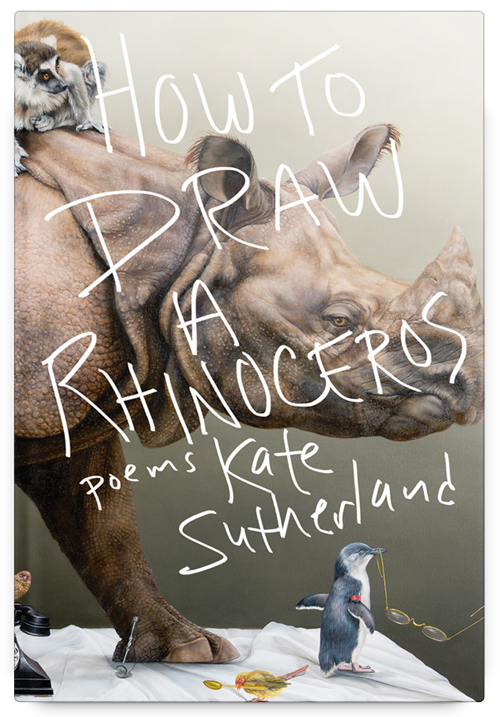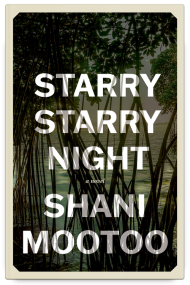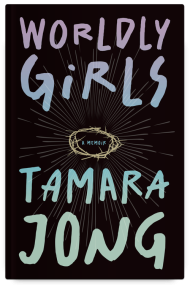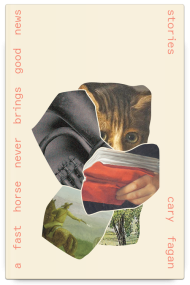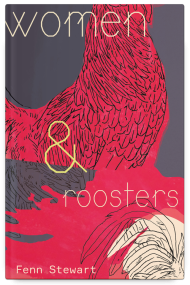How to Draw a Rhinoceros, the first book of poems by Canadian writer, scholar, and lawyer Kate Sutherland, mines centuries of rhinoceros representations in art and literature to document the history of European and North American encounters with the animal—from the elephant–rhinoceros battles staged by monarchs in the Middle Ages; the rhinomania that took hold in France and later in Italy in response to the European travels of Clara the ‘Dutch’ Rhinoceros in the mid-1700s; the menageries and circuses of the Victorian era; the exploits of celebrated twentieth-century hunters like Teddy Roosevelt and Ernest Hemingway; and the trade in rhinoceros horn artefacts that thrives online today. Along the way, it explores themes of colonialism, animal welfare, and conservation.
Sutherland was inspired on this poetic path by Clara, an eighteenth-century rhinoceros she first encountered in porcelain form in an exhibit of ceramic animals at Toronto’s Gardiner Museum. This chance experience set her off on a grand quest to learn all she could of Clara’s story, and resulted in a collection that combines Robert Kroetschian documentary poetics with the meticulous research and environmental passion of Elizabeth Kolbert, to successfully examine the centuries-long path of the rhinoceros that’s brought it to the brink of global extinction.
Watch the Book*hug Author Interview with Kate Sutherland:
Watch the Book Launch and Reading:
Praise for How to Draw a Rhinoceros:
“Kate Sutherland has created a surprising, beautiful and often tragic menagerie of poems about a powerful, peaceful beast that has the misfortune of being both magnificent and magnificently horned. Her brilliant resurrection of 18th-century rhinosuperstar Clara is an enchanting bonus.” —Stuart Ross, author of A Hamburger in a Gallery and A Sparrow Came Down Resplendent
“Kate Sutherland writes a book of poems with the understanding that the colonial encounter requires a deliberate destruction of the colonized. In How to Draw a Rhinoceros, Sutherland draws upon historical documents and imagined perspectives to present a palimpsest that maps imperialist invasion, European plunder of brown and black countries, kidnapping, murder, and enslavement. In other words, the poems reveal the true face of empire. In verse that invents, alludes, and allows for considerable vivid delving, the poems present and speak back to white violence and a colonialism that framed and imprisoned those that they conquered (including people) as exploited ‘exotics’ for European appetites.” —Hoa Nguyen, author of As Long as Trees Last
Press Coverage:
CBC Books Fall 2016 Preview Selection
Quill & Quire Fall 2016 Preview Selection
49th Shelf Most Anticipated Fall 2016 Poetry Preview Selection
“This book is Sutherland’s portrait of a rhinoceros, sketched fully and fleshed out in a blend of fine lines and rough edges.” —rob mclennan’s blog
“…a book as much about that history as about its putative subject, with poems drawing from the language of the various menageries and emporiums that put rhinoceroses on display; the poems become menageries of their own.” —Quill & Quire
“Kate Sutherland is a scholarly lawyer with a troubling sense of mission, almost obsession, concerning the now nearly extinct rhinoceros, & in How to Draw a Rhinoceros she has constructed a complex compendium of historical rhinoceros lore, which when read in that context becomes a fascinating & deeply troubling introduction to a hidden history of colonial exploitation.” —Douglas Barbour, Eclectic Ruckus
“Sutherland’s rhinos are the platform, her high diving poetry act is what we are really here to see. How to Draw a Rhinoceros is a splendid poetry read; Sutherland both amuses and informs, teases and delights.” —Michael Dennis, Today’s Book of Poetry
“Sutherland takes bits and pieces of the journals, diaries, etc. of various travellers, naturalists, menagerists, and zoo keepers of the time to create something akin to found poems with a distinctly modern political bent.” —Saskatoon StarPhoenix
“How to Draw a Rhinoceros is as impressive as it is delightful, and it merits multiple further readings.” —Tina Northrup, Canadian Literature
“Inescapable and Unknowable”: On Animals and Poetry with Kate Sutherland, in conversation with Laura Clarke —The Puritan
The WAR Series: Writers as Readers, with Kate Sutherland —Open Book Toronto
October Writer in Residence: Kate Sutherland —Open Book Toronto
Reading Rhinoceroses: A Recommended Reading List —49th Shelf
Under the Cover, with Kate Sutherland —49th Shelf
Under the Cover: How to Draw a Rhinoceros, from Porcelain to Poetry —All Lit Up
12 of the Best Canadian Book Covers of 2016 —CBC Books
What Rhymes with ‘clickbait’? The News of 2016 in Poetry —Toronto Star
“In a marriage of found texts and wry fancies, How to Draw a Rhinoceros assembles an interrupted past to illuminate an imperiled present.” —Emily Davidson, Arc Poetry Magazine
Natural Histories: Rhino —BBC Radio
Kate Sutherland was born in Scotland, grew up in Saskatchewan, and now lives in Toronto, where she is a professor at Osgoode Hall Law School. She is the author of two collections of short stories: Summer Reading (winner of a Saskatchewan Book Award for Best First Book) and All In Together Girls. How to Draw a Rhinoceros is Sutherland’s first collection of poems.

